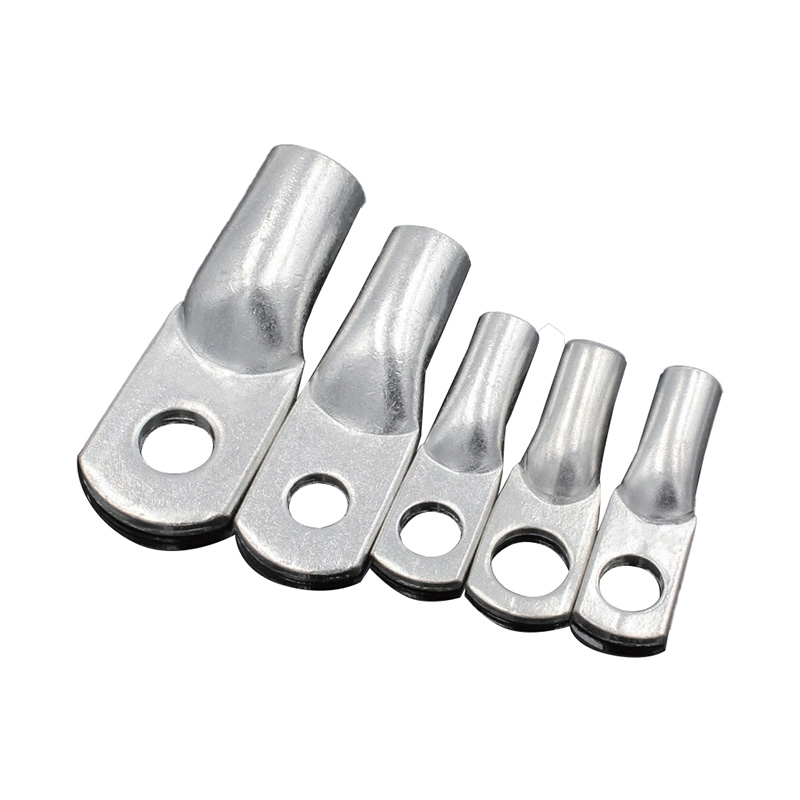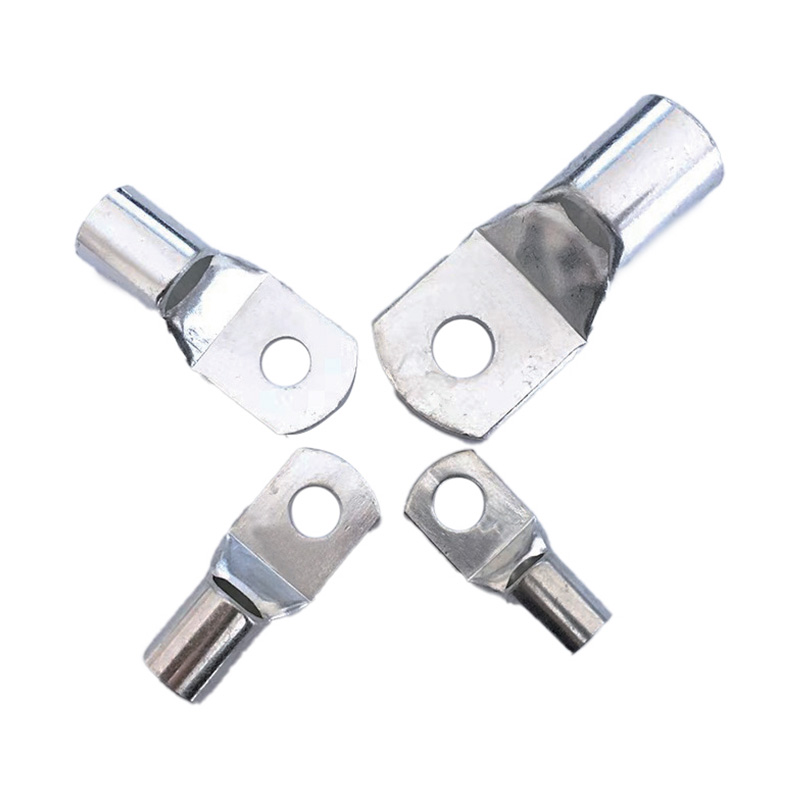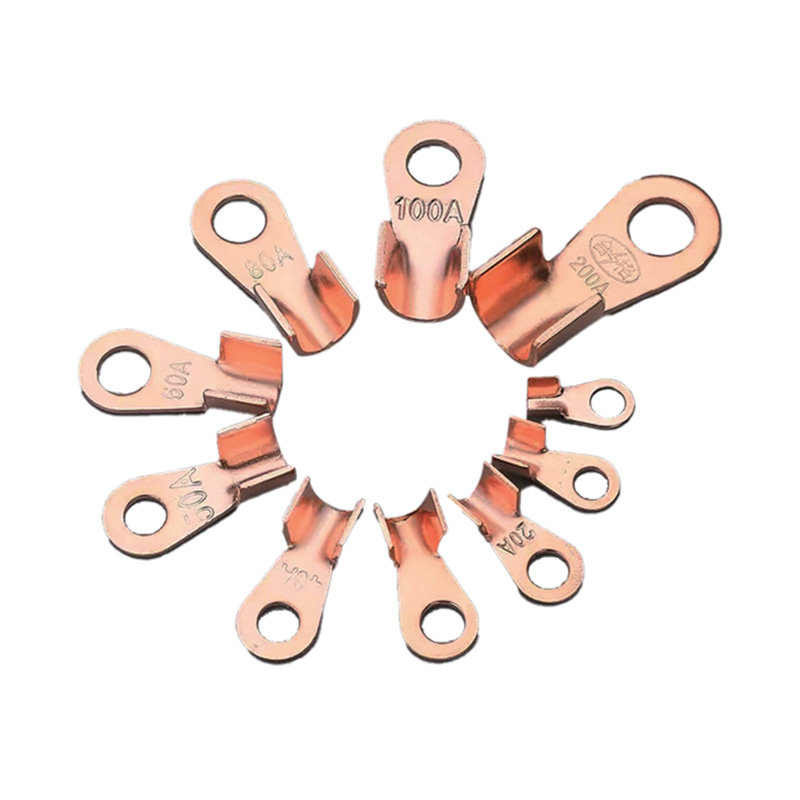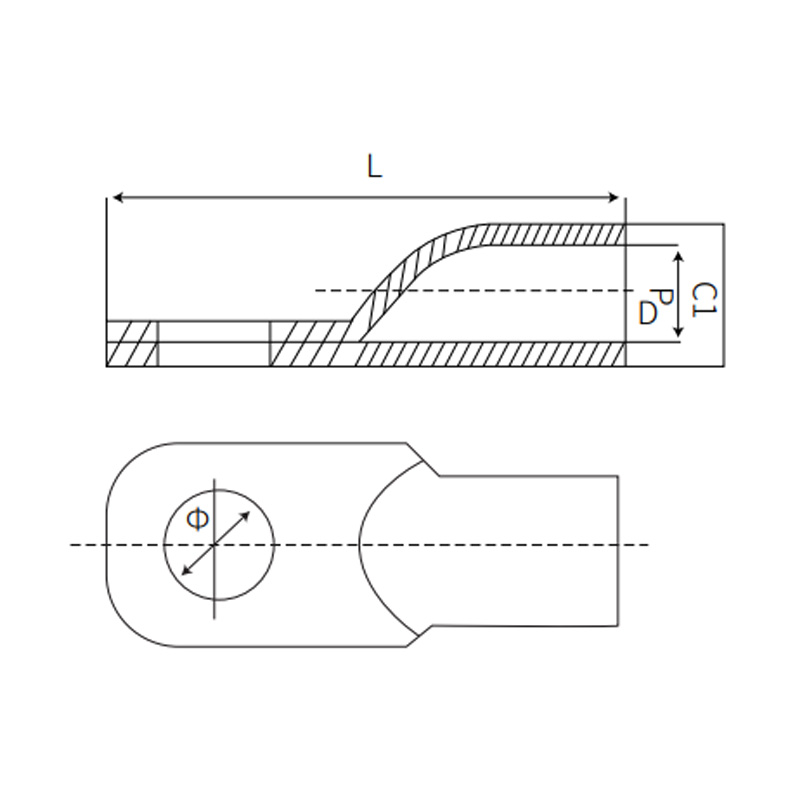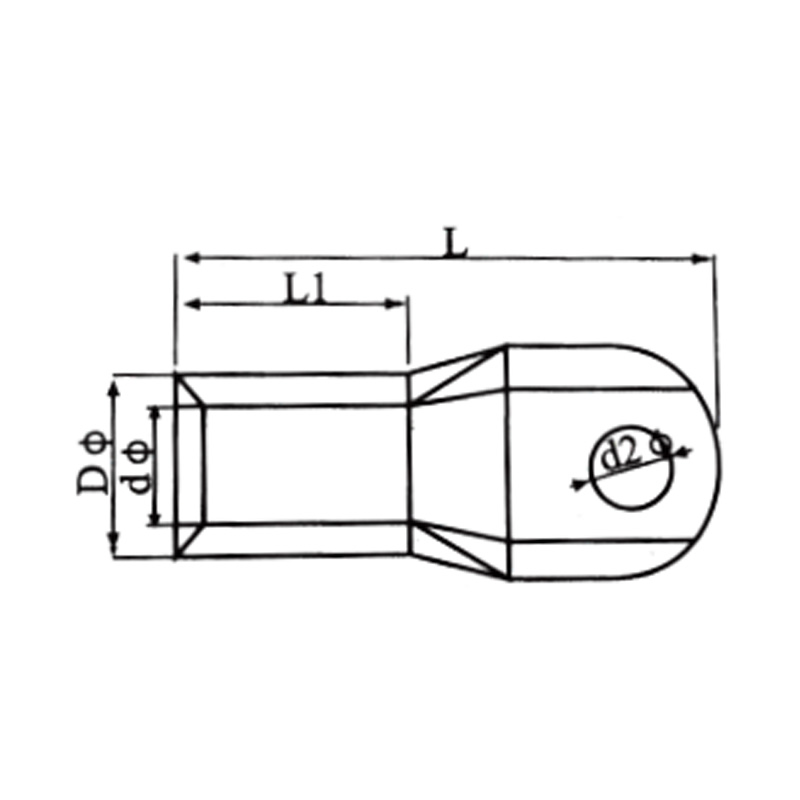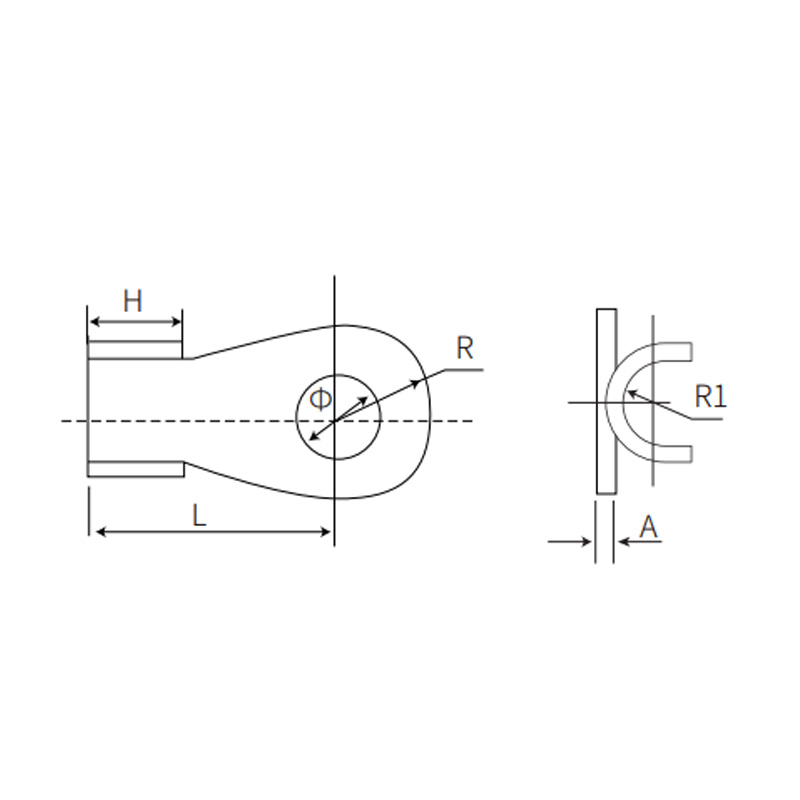Understanding and selecting the correct IP rating is essential when choosing a Waterproof Junction Box or Waterproof Distribution Box. It ensures safety, reliability, and long-term...
READ MORE-
-
Outdoor electrical installations face unique challenges that require specialized components to ensure their reliability and safety. Among the more important components are metal ca...
READ MORE -
Durability is a key factor when designing and maintaining electrical systems. With so many environmental challenges that electrical installations face—such as excessive temperature...
READ MORE -
Safety compliance is not just about adhering to regulations; it’s about protecting people, equipment, and infrastructure from the risks of electrical hazards. Electrical fires, sho...
READ MORE
Industry Knowledge Extension
What Are Cable Lugs and How Do They Work?
Cable lugs are integral components in electrical systems, serving as connectors that link conductors to termination points or other conductors. They are designed to maintain a secure and reliable electrical connection, ensuring the efficient flow of current. This article will delve into the world of cable lugs, exploring their types, applications, and the importance of selecting the right one for your electrical needs.
Understanding Cable Lugs
Cable lugs are typically made from materials such as copper or aluminum, which are chosen for their conductivity and durability. They facilitate a connection between a cable and another electrical component, such as a busbar, switchgear, or another cable. The primary function of a cable lug is to provide a low-resistance path for the electrical current while also ensuring mechanical strength to withstand the forces that may be applied during installation and operation.
WHAT IS Types of Cable Lugs
1. Solder Lugs: These lugs are pre-tinned with solder, ensuring a secure connection when heated and attached to the conductor.
2. Compression Lugs: These require a specialized tool to compress the lug around the cable, creating a tight and secure connection.
3. Crimp Lugs: Similar to compression lugs, crimp lugs are attached to the cable using a crimping tool, providing a reliable and consistent connection.
Each type has its advantages and is chosen based on the specific requirements of the electrical system.
DOU YOU KNOW Cable Lugs and Connectors?
Cable lugs and connectors are often used interchangeably, but they serve slightly different purposes within an electrical system. While cable lugs are primarily for connecting cables to termination points, connectors are used to join two lengths of cable or to connect cables to other components. The choice between a lug and a connector depends on the specific application and the need for flexibility in the system.
1. Rigid Connectors: These provide a fixed connection between components and are ideal for applications where movement is not expected.
2. Flexible Connectors: Designed to allow for movement and vibration, these connectors are used in applications where flexibility is required.
WHAT IS The Role of Copper Compression Lugs
Copper compression lugs are a popular choice due to copper's high conductivity and resistance to corrosion. They are particularly effective in high-current applications where the connection must be both secure and efficient. The compression process ensures that the lug makes full contact with the cable, reducing resistance and increasing the longevity of the connection.
1. Installation Process: The installation of copper compression lugs involves stripping the cable insulation, inserting the conductor into the lug, and then using a compression tool to crimp the lug around the cable. This process ensures a tight, secure fit that maintains contact over time.
2. Advantages: Copper compression lugs offer several benefits, including ease of installation, high conductivity, and resistance to environmental factors such as moisture and temperature changes.
Cable lugs are a critical component in any electrical system, providing reliable connections that ensure the efficient flow of electrical current. Understanding the different types of cable lugs and their applications is essential for selecting the right product for your specific needs. Whether you require solder, compression, or crimp lugs, or need connectors for flexibility, knowing the options available will help you make the choice for your electrical system. Copper compression lugs, in particular, offer a reliable and efficient solution for high-current applications, making them a popular choice in many industries.


 English
English 中文简体
中文简体 Español
Español عربى
عربى

